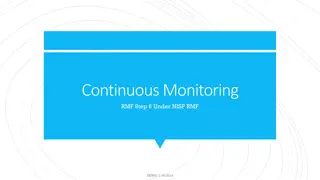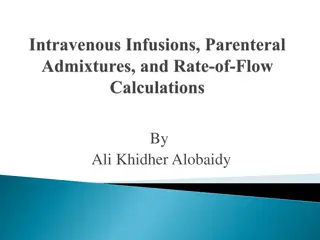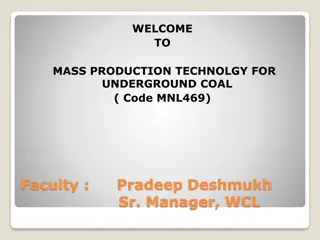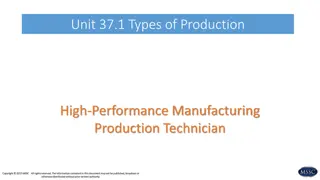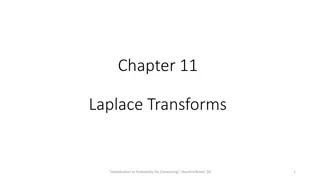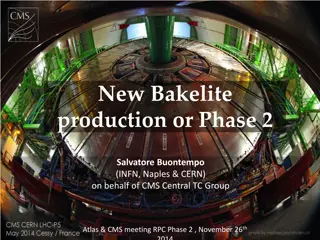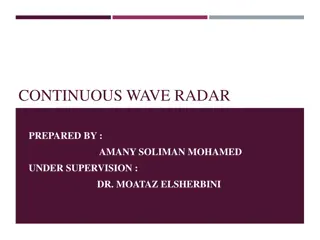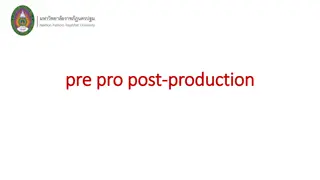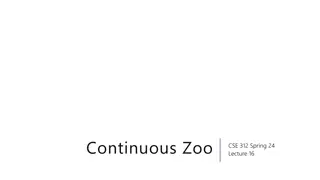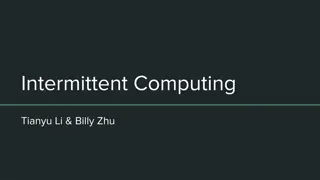Understanding Types of Production Systems: Intermittent vs. Continuous
Types of production systems are categorized into Intermittent Production System and Continuous Production System. In Intermittent Production, goods are produced based on customer orders in a flexible and non-continuous manner, allowing for a variety of products. Examples include goldsmiths making ornaments and tailors stitching clothes. On the other hand, Continuous Production involves a continuous flow of goods with consistent processes. Additionally, Project Production Flow, Jobbing Production Flow, and Batch Production Flow are discussed in detail, showcasing different production approaches for various industries.
- Production Systems
- Intermittent Production
- Continuous Production
- Project Production
- Jobbing Production
Download Presentation

Please find below an Image/Link to download the presentation.
The content on the website is provided AS IS for your information and personal use only. It may not be sold, licensed, or shared on other websites without obtaining consent from the author. Download presentation by click this link. If you encounter any issues during the download, it is possible that the publisher has removed the file from their server.
E N D
Presentation Transcript
Types of Production system is grouped under two categories : Intermittent Production System Continuous Production System 1. 2.
Intermittent means something that starts (initiates) and stops (halts) at irregular (unfixed) intervals (time gaps). In the intermittent production system, goods are produced based on customer's orders. These goods are produced on a small scale. The flow of production is not continuous. In this system, large varieties of products are produced. These products are of different sizes. The design of these products goes on changing according to the design and size of the product. Therefore, this system is very flexible
The work of a goldsmith is purely based on the frequency of his customer's orders. The goldsmith makes goods (ornaments) on a small- scale basis as per his customer's requirements. Here, ornaments are not done on a continuous basis. Similarly, the work of a tailor is also based on the number of orders he gets from his customers. The clothes are stitched for every customer independently by the tailor as per one's measurement and size. Goods (stitched clothes) are made on a limited scale and is proportional to the number of orders received from customers. Here, stitching is not done on a continuous basis.
Project Production Flow Jobbing Production Flow Batch Production Flow 1. 2. 3.
1. Project production flows Here, in project production flows, company accepts a single, complex order or contract. The order must be completed within a given period of time and at an estimated cost. Examples of project production flows mainly include, construction of airports, dams, roads, buildings, shipbuilding, etc.
2. Jobbing production flows Here, in jobbing production flows, company accepts a contract to produce either one or few units of a product strictly as per specifications given by the customer. The product is produced within a given period and at a fixed cost. This cost is fixed at the time of signing the contract. Examples of such jobbing production flows include, services given by repair shops, tailoring shops, manufacturer of special machine tools, etc.
3. Batch production flows In batch production flows, the production schedule is decided according to specific orders or are based on the demand forecasts. Here, the production of items takes place in lots or batches. A product is divided into different jobs. All jobs of one batch of production must be completed before starting the next batch of production. Examples of batch production flows include, manufacturing of drugs and pharmaceuticals, medium and heavy machineries, etc.
Continuous means something that operates constantly without any irregularities or frequent halts. In the continuous production system, goods are produced constantly as per demand forecast. Goods are produced on a large scale for stocking and selling. They are not produced on customer's orders. Here, the inputs and outputs are standardized along with the production process and sequence.
The production system of a food industry is purely based on the demand forecast. Here, a large-scale production of food takes place. It is also a continuous production. The production and processing system of a fuel industry is also purely based on, demand forecast. CRUDE OIL and other raw sources are processed continuously on a large scale to yield usable form of fuel and compensate global energy demand.
Mass Production Flows Process Production Flows 1. 2.
1. Mass production flows Here, company produces different types of products on a large- scale and stock them in warehouses until they are demanded in the market. The goods are produced either with the help of a single operation or uses a series of operations. E.g. of mass production is the production of toothpastes, soaps, pens, etc.
2. Process production flows Here, a single product is produced and stocked in warehouses until it is demanded in the market. The flexibility of these plants is almost zero because only one product can be produced. Examples of these plants include, steel, cement, paper, sugar, etc










